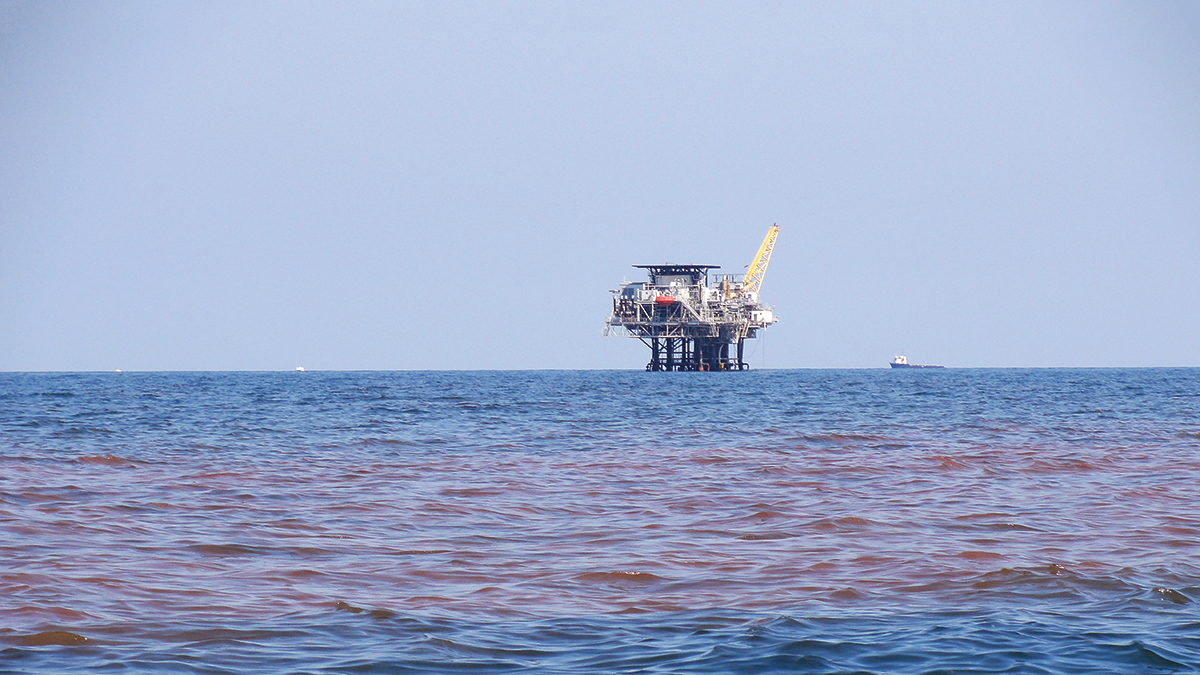commentary
Teaching in a World of Messy Data
The Science Teacher—May/June 2021 (Volume 88, Issue 5)
By Chad Dorsey
Editor's corner
What The 2020–21 School Year Taught Us About Science Teaching and Learning
The Science Teacher—May/June 2021 (Volume 88, Issue 5)
By Ann Haley MacKenzie
Freebies for Science Teachers, April 27, 2021
By Debra Shapiro

Scope on the Skies
Earth Watch
Science Scope—May/June 2021 (Volume 44, Issue 5)
By Bob Riddle
Making in the Middle
Lighting Up History
Integrating Mathematics and Computational Thinking in the Science Classroom
Science Scope—May/June 2021 (Volume 44, Issue 5)
By Kristin Searle, Colby Tofel-Grehl, and Beth L. MacDonald
Citizen Science
Conservation Cameras
From the Wild to Your Classroom
Science Scope—May/June 2021 (Volume 44, Issue 5)
By Jill Nugent
feature
Cornhole Predicts the Perfect Pitch
A Hands-On Projectile Motion Experience Comparing Models and Data
Science Scope—May/June 2021 (Volume 44, Issue 5)
By Benjamin Galluzzo, Michael W. Ramsdell, Joshua D. Thomas, Kathleen Kavanagh, Corey Ryder, Darlene Bissonette, and Jennifer M. Knack

Feature
The Energy Zipline
Feature
Shaking out Probability
Feature
Oil Spill eSTEMation
Using Mathematical Estimation and Modelling to Rescue our Oceans





